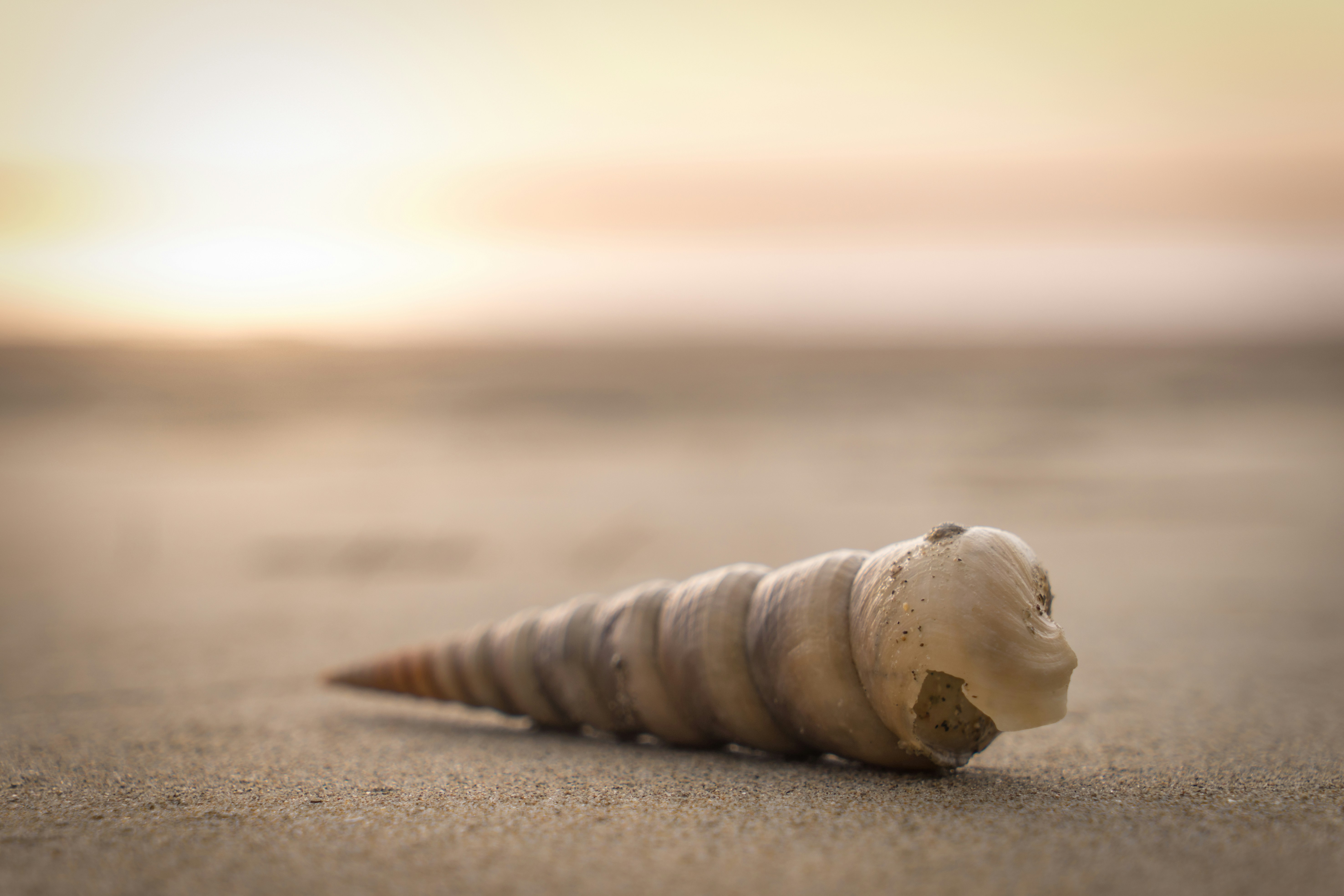
Cultural Relevance
Shell craft refers to the art of creating decorative articles from seashells. It is an intricate craft that has engaged human imagination for centuries. It won’t be an exaggeration to say that shell craft is as old as art itself. It combines the natural beauty of shells with human creativity, to produce stunning pieces that range from simple necklaces to elaborate sculptures. In this article, we will explore the origins of shell craft, its development in various cultures and its journey to India.
Origins:
The origins of shell craft can be dated back to ancient civilizations where shells were not only used as tools and currency but also as decorative items.
Archaeological findings propose that this craft dates back to prehistoric times. Shells were found in graves and archaeological sites, suggesting their use in early human societies for ornamentation as well as ceremonial purposes.
Shell Craft in Different Civilizations:
Across the world, various cultures have developed their unique forms of crafts from shells.
* The book “Cowrie Shells and Cowrie Money” by Bin Yang covers the historical significance of shells in Asian countries like China and Japan, where this sustainable element evolved into a highly sophisticated art form. Chinese artisans created intricate shell mosaics and inlaid furniture with mother-of-pearl, a practice that continues to this day. Japanese shell craft, known as "kai-awase," involves the use of painted shells in a traditional game similar to memory matching.
* In Egypt, people believed that shells had protective properties and were therefore used in amulets and talismans.
* Similarly, the ancient Greeks and Romans used shells in their jewelry, rituals and art and architecture, crafting frescoes that decorated their homes and public buildings as mentioned in Judith Price’s book “Seashells: A Global History”.
* In the Pacific Islands, the Hawaiian lei, a garland of shells or flowers, is a well-known example of Pacific shell artistry that symbolizes love and friendship.
* Even in the Victorian era this eco-friendly art form became popular among the Victorian elite, who collected exotic shells from their travels and used them to create mesmerizing shell structures and ornaments.
Introduction to India:
Shell crafts in India have ancient roots, with them being used for religious rituals, jewelry, and currency. They hold a sacred place in Hindu rituals, particularly in the form of conch shells (shank) used in temples, which are a must-have in most Indian homes.
Coastal regions like Gujarat, Odisha, and Tamil Nadu have developed unique shell craft traditions, which supports numerous artisans and contributes to local economies.
Indian shell crafts are receiving global attention with a major increase in exports for both traditional as well as contemporary designs.
Challenges
Cultural: Balancing modern demands with the preservation of traditional techniques and designs is very important in today’s globalized world to preserve the cultural heritage and support the local artisans.
Sustainability Issues: Shell craft is a sustainable and biodegradable element offered by nature. Efforts must be made to ensure that they are ethically sourced and marine life is not harmed in the extraction. The shellfish industry is huge and has significant economic implications. In the United States alone the commercial shellfish landings from Puget Sound were valued to be around $15 million annually. Therefore, the environmental costs of such unsustainable practices must be reduced
Market Competition: Competing with mass-produced, and low-cost alternatives. The FAO reports that around 35% of the global fish stocks are overfished and the global market for mass produced jewelry is valued to be around $400 billion, which drives the overproduction of low-cost alternatives that comes with a heavy cost of the environment.
Conclusion
Today, shell craft continues to thrive, blending traditional techniques with modern designs. It includes a wide variety of products, including jewelry, home decor, and fine art. Artisans experiment with different types of shells and techniques, such as carving, drilling, and polishing, to create unique and innovative pieces. Online platforms and social media have further expanded the reach of this age-old art form allowing artists to present their work to a global audience. As we continue to explore and appreciate the art of shell crafts, we celebrate not only the detailed craftsmanship of humble artisans but also the rich cultural history that comes with this sustainable art form. Haati takes pride in producing ethically sourced shell crafts handmade by artisan communities from West Bengal who design pieces that are not only visually captivating but symbolizes the natural beauty and serenity of the ocean and embodies the spirit of good fortune and liberation.